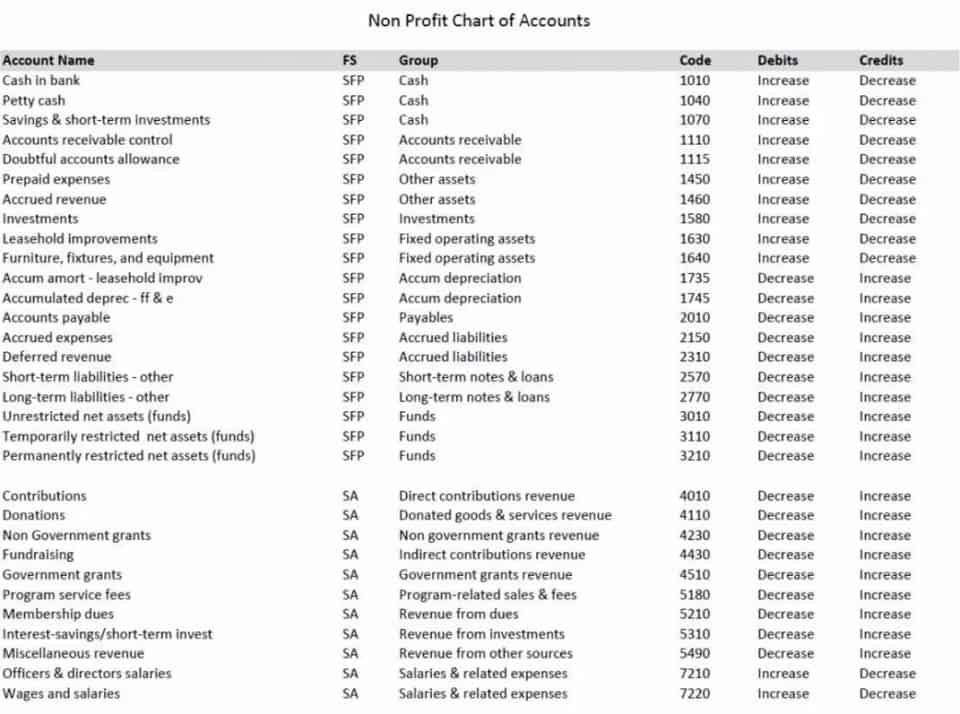Variable Costs: How They Affect Your Business

Our writing and editorial staff are a team of experts holding advanced financial designations and have written for most major financial media publications. Our work has been directly cited by organizations including Entrepreneur, Business Insider, Investopedia, Forbes, CNBC, and many others. Our goal is to deliver the most understandable and comprehensive explanations of financial topics using simple writing complemented by helpful https://www.bookstime.com/ graphics and animation videos. We follow strict ethical journalism practices, which includes presenting unbiased information and citing reliable, attributed resources. The articles and research support materials available on this site are educational and are not intended to be investment or tax advice. All such information is provided solely for convenience purposes only and all users thereof should be guided accordingly.

Grow your startup with online accounting

Variable costs will change depending on how many products you buy or manufacture. For a cost to be considered variable, it needs to vary based on some activity base. Units produced, units sold, direct labor hours and machine hours are all possible activity bases or cost drivers in a manufacturing facility. Using units sold as a cost driver, you wouldn’t need to buy raw materials for 1,000 widgets if you only have orders for 500.
- Additionally, distribution costs fluctuate based on the quantity of output.
- Moreover, understanding how changes in variable costs can impact profitability allows companies to make informed decisions about scaling up or down.
- However, anything above this has limitless potential for yielding benefits for the company.
- With absorption costing, the fixed overhead costs, such as marketing, were allocated to inventory, and the larger the inventory, the lower was the unit cost of that overhead.
- The costs increase as the volume of activities increases and decrease as the volume of activities decreases.
- This can make it somewhat more difficult to determine the ideal pricing for a product.
- An employee’s hourly wages are a variable cost; however, that employee was promoted last year.
The Basics of Variable Costs
Essentially, if a cost varies depending on the volume of activity, it is a variable cost. Our mission is to empower readers with the most factual and reliable financial information which group of costs is the most accurate example of variable cost? possible to help them make informed decisions for their individual needs. Variable costs can guide businesses in determining how to allocate resources optimally.
Absorption Costing
Practical variable cost examples are crucial for understanding cost analysis. Identifying these costs is essential for profit margin analysis, as they directly impact total production costs. Determining the number of units produced and sold, along with the average variable cost per unit, aids small businesses in cost management. Leveraging practical examples enhances comprehension of variable cost calculations.
- For a cost to be considered variable, it needs to vary based on some activity base.
- Outdoor Nation, a manufacturer of residential, tabletop propane heaters, wants to determine whether absorption costing or variable costing is better for internal decision-making.
- Unlike absorption costing, variable costing doesn’t add fixed overhead costs into the price of a product and therefore can give a clearer picture of costs.
- While it’s a valuable management tool, it isn’t GAAP-compliant and can’t be used for external reporting by public companies.
- Examples of variable costs are sales commissions, direct labor costs, cost of raw materials used in production, and utility costs.
- This might mean reducing idle time, optimizing the use of raw materials, or improving production workflows.
Great! The Financial Professional Will Get Back To You Soon.
Using the calculation above, we’ve determined that you’re making $21.90 on each pair of shoes sold. One of the easiest ways to determine whether a cost is variable or fixed is whether it changes from month to month, or remains the same every month. There are many variable costs that a business incurs monthly, but these are the most common ones.
- Costs that vary directly in response to shifts in production or sales levels are known as variable costs.
- For example, if a fixed cost of $1,000 is allocated to 500 units, the cost is $2 per unit.
- Some labor costs, however, will still be required even if no units are produced.
- If Amy did not know which costs were variable or fixed, it would be harder to make an appropriate decision.
- A company that seeks to increase its profit by decreasing variable costs may need to cut down on fluctuating costs for raw materials, direct labor, and advertising.
It represents the variable manufacturing cost incurred for each unit produced or for each unit of service provided. It’s essentially the cost that varies with changes in production or activity levels. The contribution margin plays an important part in the CVP examination, enabling decision-makers to make informed decisions with respect to pricing techniques, production levels, and sales strategies. While it’s a valuable management tool, it isn’t GAAP-compliant and can’t be used for external reporting by public companies. Therefore, if a company uses variable costing, it may also have to use absorption costing (which is GAAP-compliant).
Variable costs
- Get instant access to lessons taught by experienced private equity pros and bulge bracket investment bankers including financial statement modeling, DCF, M&A, LBO, Comps and Excel Modeling.
- To utilize this equation, you must determine the variable cost per unit (VCU).
- If the units are not sold, the costs will continue to be included in the costs of producing the units until they are sold.
- The variable cost per unit is $22 (the total of direct material, direct labor, and variable overhead).
- Costs are fixed for a set level of production or consumption and become variable after this production level is exceeded.
- Fixed costs are expenses that remain the same regardless of production output.
- Determining the appropriate costing system and the type of information to be provided to management goes beyond providing just accounting information.
These employees will receive the same amount of compensation regardless of the number of units produced. For others who are tied to an hourly job, putting in more direct labor hours results in a higher paycheck. Along the manufacturing process, there are specific items that are usually variable costs. For the examples of these variable costs below, consider the manufacturing and distribution processes for a major athletic apparel producer.
This might mean reducing idle time, optimizing the use of raw materials, or improving production workflows. By constantly evaluating and adjusting resource allocation based on variable cost data, businesses can ensure they’re operating efficiently and maximizing returns. Because Variable Costs are tied to production, they are usually thought of as a constant amount expensed per unit produced. A bookkeeping strategy businesses utilize to manage and analyze costs related to their production forms.
Small businesses can leverage the knowledge of average variable costs to make informed decisions and increase profitability. Utility expenses, such as electricity and water, are prime examples of variable costs that fluctuate with production output. These costs directly impact the company’s profitability, making it crucial to identify and manage them effectively. Understanding the impact of utility expenses on the total variable cost of production is essential for cost control and optimising profitability. By leveraging NLP terms such as “cost management” and “total variable cost,” small businesses can make informed decisions to enhance their bottom line. Outdoor Nation, a manufacturer of residential, tabletop propane heaters, wants to determine whether absorption costing or variable costing is better for internal decision-making.

Fixed and variable costs for manufacturing (with examples)
Variable costing, also known as direct or marginal costing, is a bookkeeping strategy businesses utilize to manage and analyze costs related to their production forms. Watch this short video to quickly understand the main concepts covered in this guide, including what variable costs are, the common types of variable costs, the formula, and break-even analysis. The good news is there are powerful tools, like Katana, that were created to help manufacturers and the accountants that serve them calculate variable costs correctly. This total includes all of the direct costs to manufacture the shoes, the cost of selling the shoes, and the cost of shipping the shoes to the customer or distributor.
